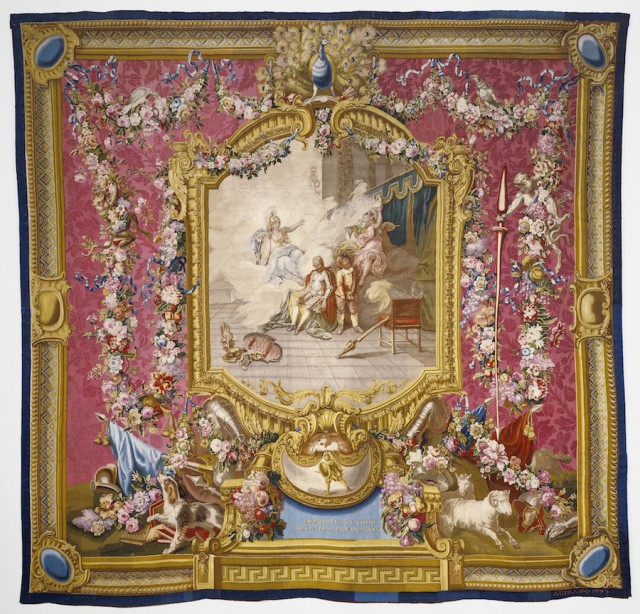Art & Exhibitions
Charles Coypel At the Frick: Impressionism’s Prehistory?
THE DAILY PIC: Tapestry's blurrings prepare the French for Monet.

THE DAILY PIC: Tapestry's blurrings prepare the French for Monet.


THE DAILY PIC: This tapestry of a scene from Don Quixote, now in the Getty Museum collection, was woven at the Gobelins tapestry works in France in 1773, based on designs painted by Charles Coypel several decades earlier. It and other similar scenes–in both painted studies and woven realizations–are on display in a wonderfully thoughtful show at the Frick Collection in New York.
Although we’ve mostly lost our taste for tapestries, the show makes clear that for centuries there was nothing more prestigious. The hangings now at the Frick were considered the perfect diplomatic gifts, in an age where extravagant presents could affect war and peace.
I was especially struck by the huge difference between Coypel’s ultra-crisp, highly-finished paintings and the quite blurred, grainy, almost-pixelated images the weavers turned them into. Given that the less legible versions in textile were also the ones that carried most cultural weight, could it be (wait for it) that this is what prepared French taste for the pixelated blurrings of the Impressionists that arrived a century later? (Here’s where I discover that three PhDs have already been written on the effect of Gobelins on new models of ocularity and urbanity in Baron Haussmann’s Paris.)
For a full survey of past Daily Pics visit blakegopnik.com/archive.